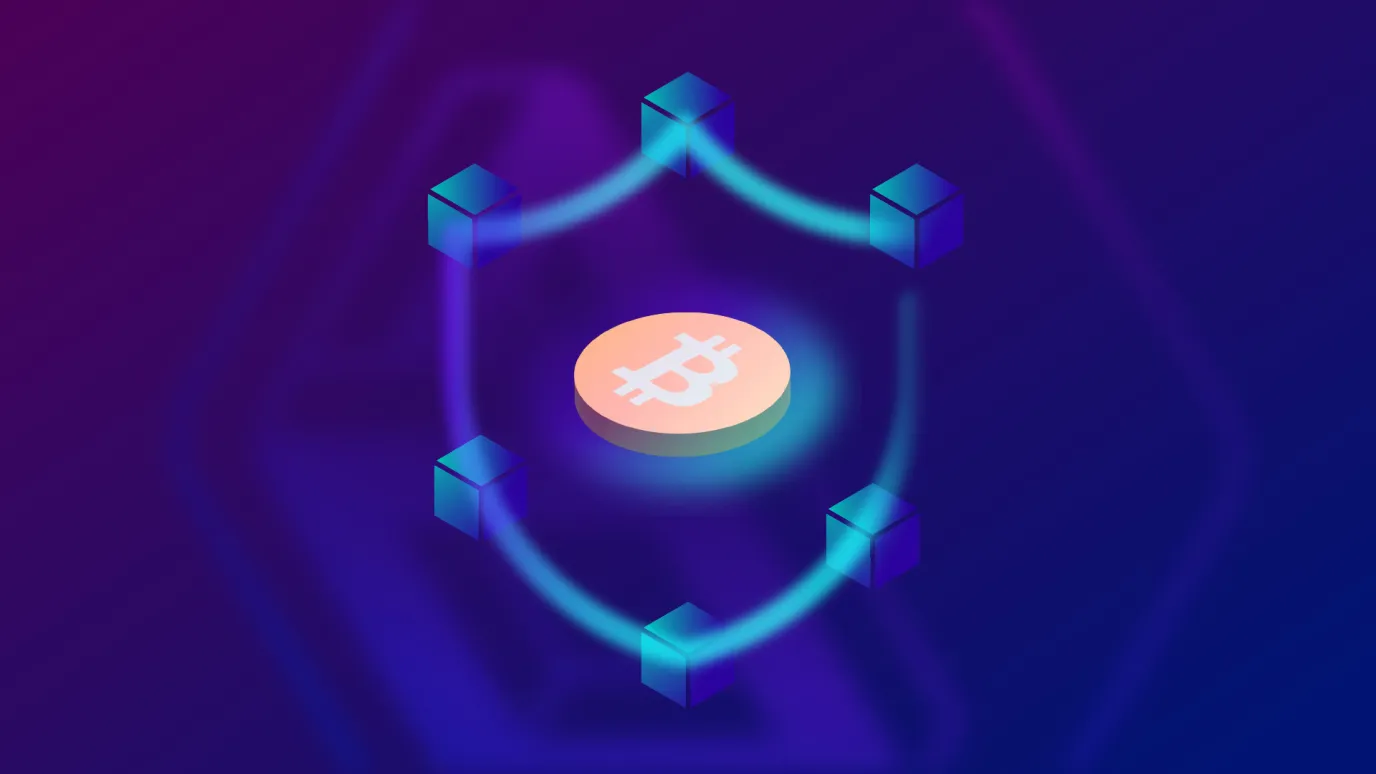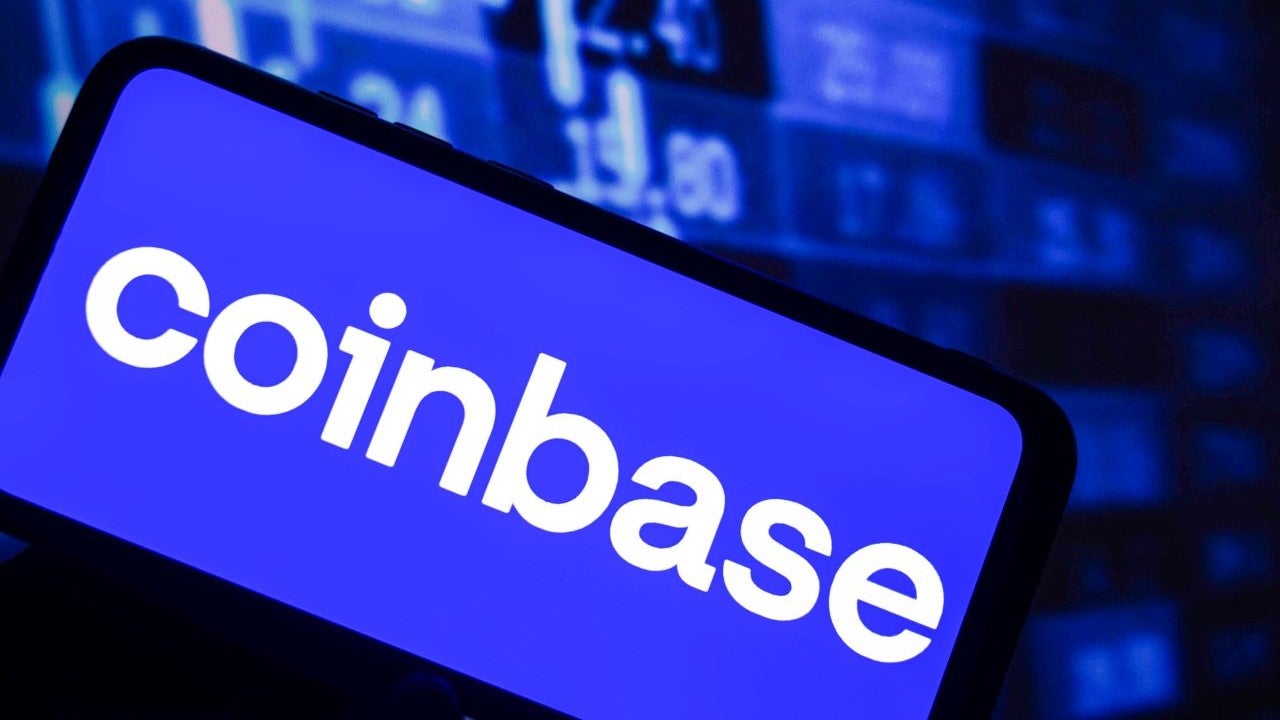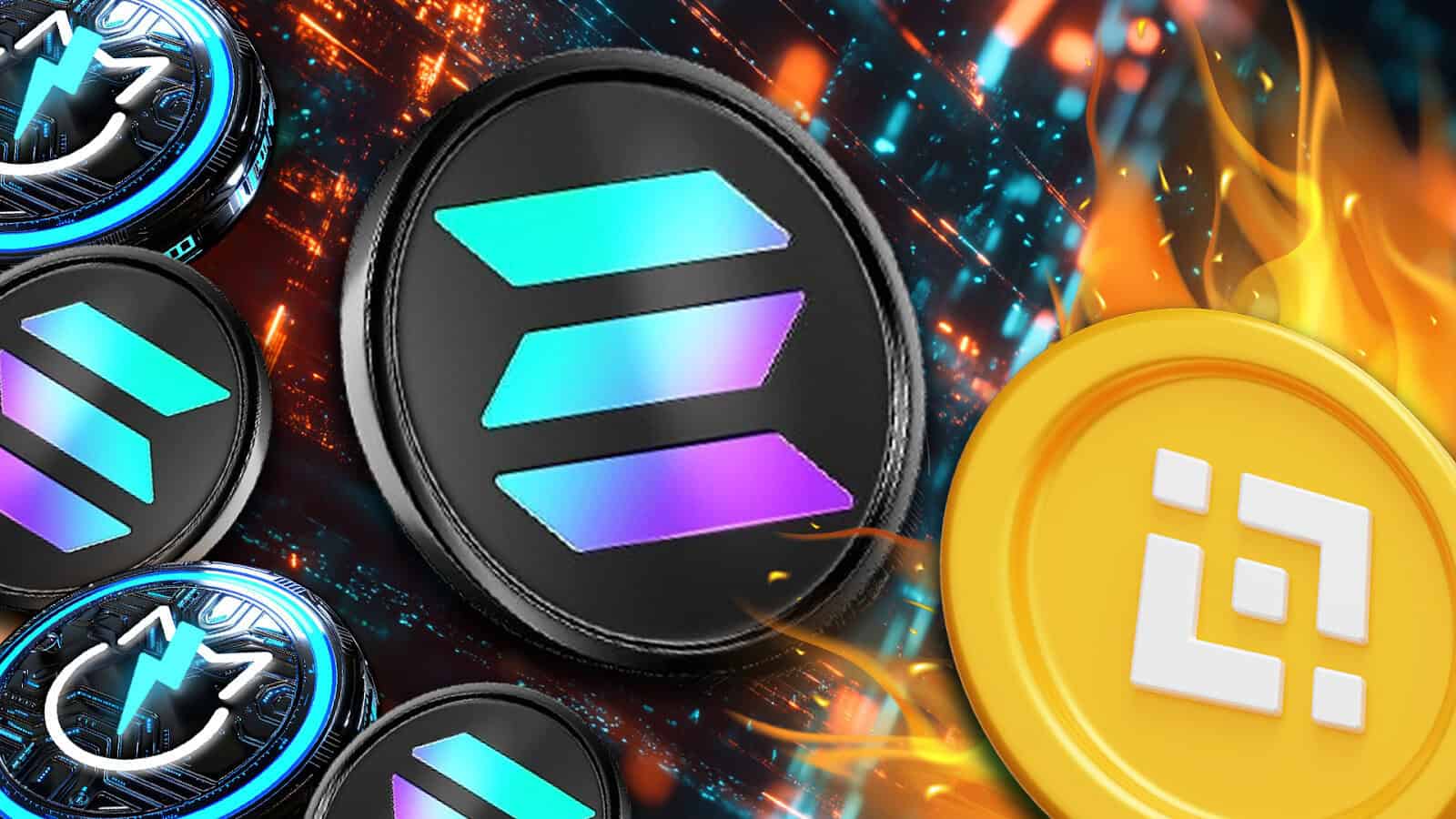●dlcBTC doesn't use traditional oracles, validators, or bridges. Instead, it relies on DLC Attestors to relay information between the Bitcoin and Ethereum networks in a read-only mode, ensuring secure cross-chain communication.
●By setting a high threshold for consensus, implementing a theft-proof mechanism, and selecting attestors from reputable industry leaders, DLC.Link raises the bar for attestor collusion.
●The financial stakes involved, including the loss of staked tokens and future revenue, strongly discourage dishonest behavior among DLC Attestors.
●DLC.Link's integration with Chainlink's POR system adds an extra layer of security, ensuring that dlcBTC remains trustworthy and verifiable.
In our sales pitches and daily interactions with various stakeholders, people often ask: since DLCs have an oracle, can dlcBTC be manipulated?
The answer is NO since dlcBTC operates without traditional oracles, validators, or bridges. Instead, it relies on a decentralized network of node operators known as DLC Attestors. These attestors monitor blockchain events, approve DLC creations, and validate EVM blockchain outcomes, ensuring secure and reliable cross-chain communication without holding users' keys or having custodial control over the locked funds.
This article comprehensively analyzes why collusion among DLC Attestors is highly unlikely, focusing on the economic disincentives, reputational risks, and technical safeguards in place to prevent such behavior.
Examining the Bitcoin Oracle Concept
The concept of a "Bitcoin oracle", as outlined in the original DLC whitepaper, involves a mechanism that determines the outcome of a bet between two parties, such as whether Alice or Bob wins. In the DLC.Link implementation, this concept has evolved significantly. Rather than relying on a single oracle, DLCs are designed to involve human users entering into agreements with a protocol.
In this framework, the "Bitcoin Oracle" role is effectively divided into two components: a blockchain and a DLC Attestor. The blockchain, typically a smart contract chain like Ethereum, emits events crucial for executing the DLC. These events are then read and verified by a DLC Attestor, which operates an Ethereum validator node. The Attestor's role is to ensure that the event has indeed occurred on-chain before publishing its attestation. This attestation confirms that the smart contract's conditions have been met, allowing the corresponding Bitcoin to be moved.
DLC Attestors function primarily as relays, translating signals from Ethereum to Bitcoin settlement instructions. Their role is strictly read-only concerning the blockchain; they monitor, verify, and attest to events without the ability to alter the blockchain itself. This read-only mode of operation ensures they cannot manipulate the chain or the outcome of any DLC. Verifying on-chain events and publishing attestations enables secure and reliable cross-chain communication, maintaining the integrity and trustworthiness of dlcBTC without holding users' keys or having custodial control over the locked funds.
Reasons Why Attestors are Unlikely to Collude
A High Collusion Threshold
DLC.Link requires a high threshold for validation, where 10 out of 15 attestors must agree to validate a transaction. This 10-of-15 threshold makes it extremely challenging for collusion to occur. Reaching consensus among such independent attestors would require significant coordination and cooperation, which is highly improbable.
The design ensures that even if a few attestors were to attempt dishonest behavior, they would not have enough influence to manipulate the outcome. The decentralized nature of the attestor network further adds to the difficulty, as attestors are spread across different organizations and jurisdictions, each with their interests and incentives to maintain the integrity of the network.
A Theft-Proof Mechanism that Secures Depositor Funds
Even if the attestors collude, they cannot steal the depositors' Bitcoin. The DLC lockbox is designed with a theft-proof mechanism, where the funds can only be liquidated to the depositor's address. This means that attestors can only delay the unlocking of the Bitcoin, potentially using it as leverage to demand a ransom.
However, they cannot redirect or misappropriate the funds for themselves. This safeguard ensures that the depositor's Bitcoin remains secure and can only be accessed by the rightful owner, thus protecting against theft and unauthorized access.
Reputational Risk
DLC Attestors are selected from reputable industry leaders, such as the Hashkey Cloud, OKX DeFi, DeSpread, LinkPool, Stakin, DexTrac, and Republic. These organizations have invested heavily to build their reputation on trust and reliability within the crypto space.
Engaging in collusion or dishonest behavior would severely damage their reputation, leading to long-term professional and financial repercussions. The potential loss of credibility and trust in the industry is a powerful deterrent against any attempts to manipulate the system.
Loss of Staked Tokens
DLC Attestors are required to stake a significant amount of DLC tokens to participate. Initially, the network will have a controlled number of attestors to minimize counterparty risk, starting with seven and expanding as decentralization progresses. After issuing DLC tokens, attestors will need to stake 250,000 DLC tokens.
Any attestor found or suspected of engaging in collusion, they risk losing their staked tokens. This financial stake serves as a strong incentive for attestors to act honestly and uphold the integrity of the network, as the loss of staked tokens would represent a substantial financial setback.
Loss of Future Revenue
DLC Attestors earn rewards through a combination of baseline rewards and a share of monthly buybacks of DLC tokens. 250,000 DLC tokens will be redistributed to attestors each month as baseline rewards for the first five years. Additionally, DLC.Link will conduct monthly buybacks of the DLC token, redistributing 50% to attestors based on their reputation scores.
Engaging in collusion would result in the loss of these future earnings, providing a significant disincentive for dishonest behavior. The ongoing revenue from staking and participating in the network is a powerful motivator for attestors to maintain their integrity and continue supporting the network honestly.
Integration with Chainlink Proof of Reserve
DLC.Link has integrated Chainlink's Proof of Reserve (PoR) to enhance security and transparency. This integration verifies that a UTXO has been funded before any dlcBTC is minted. Chainlink's system provides additional smart contract verification on the dlcBTC token contract, ensuring that dlcBTC can only be minted up to the amount of Bitcoin reserves successfully locked in the system.
This added layer of verification helps to maintain trust and transparency, making it even harder for any manipulation or collusion to go unnoticed. The use of Chainlink PoR reinforces the overall security of the DLC.Link network.
Conclusion
In conclusion, the DLC.Link network employs a robust and multifaceted approach to prevent collusion among its DLC Attestors. By setting a high threshold for consensus, implementing a theft-proof mechanism, and selecting attestors from reputable industry leaders, DLC.Link ensures that the integrity and security of dlcBTC are maintained. The financial stakes involved, including the loss of staked tokens and future revenue, further discourage dishonest behavior.
Moreover, the integration with Chainlink POR system adds an extra layer of security, ensuring that dlcBTC remains trustworthy and verifiable. These measures create a highly secure and reliable network, making collusion among DLC Attestors unlikely and practically impossible.
As a result, investors and users can trust the DLC.Link network provides a secure and reliable solution for cross-chain communication and decentralized finance without the risks associated with traditional oracles, validators, or bridges. The comprehensive safeguards in place make DLC.Link a robust and trustworthy platform for the future of blockchain technology.
















